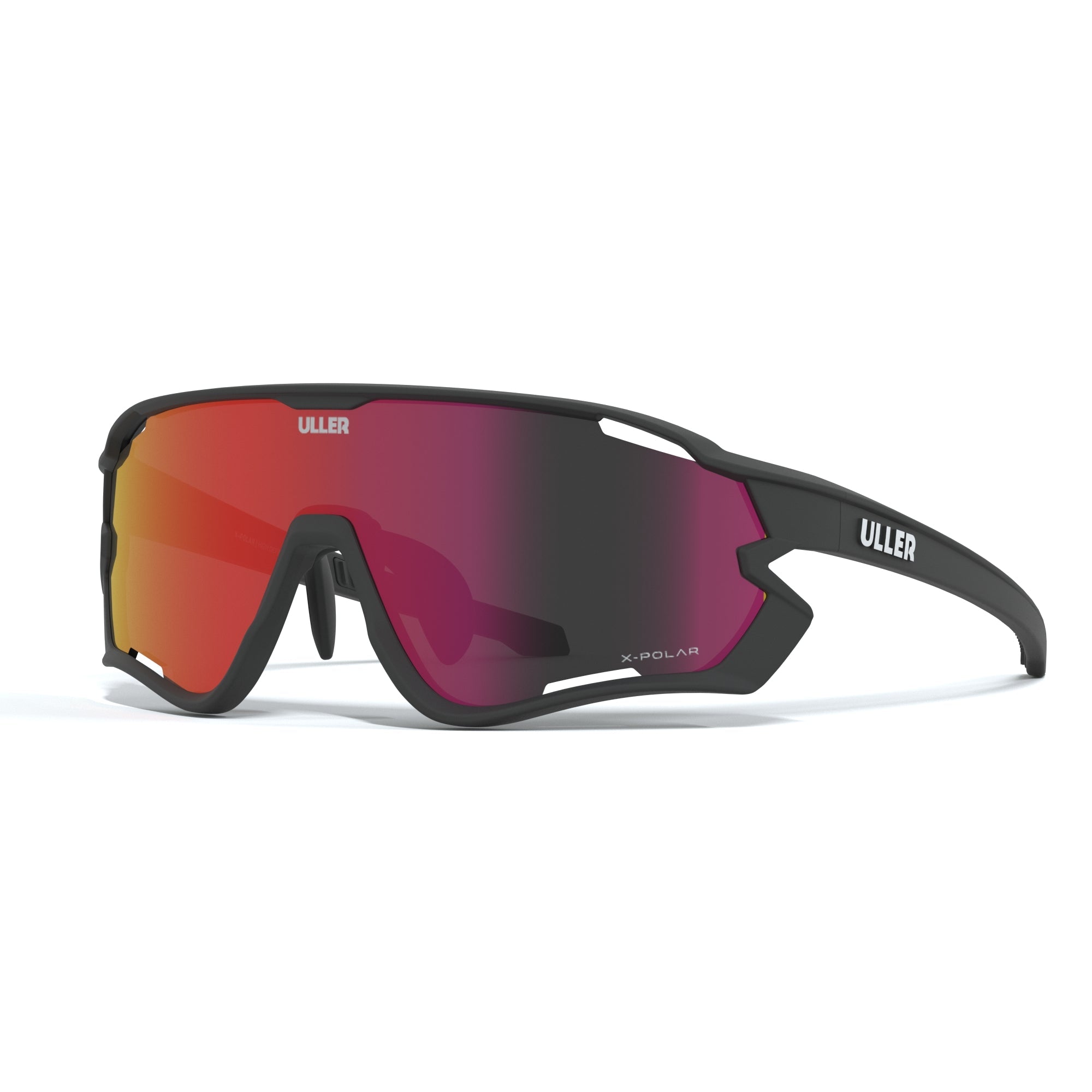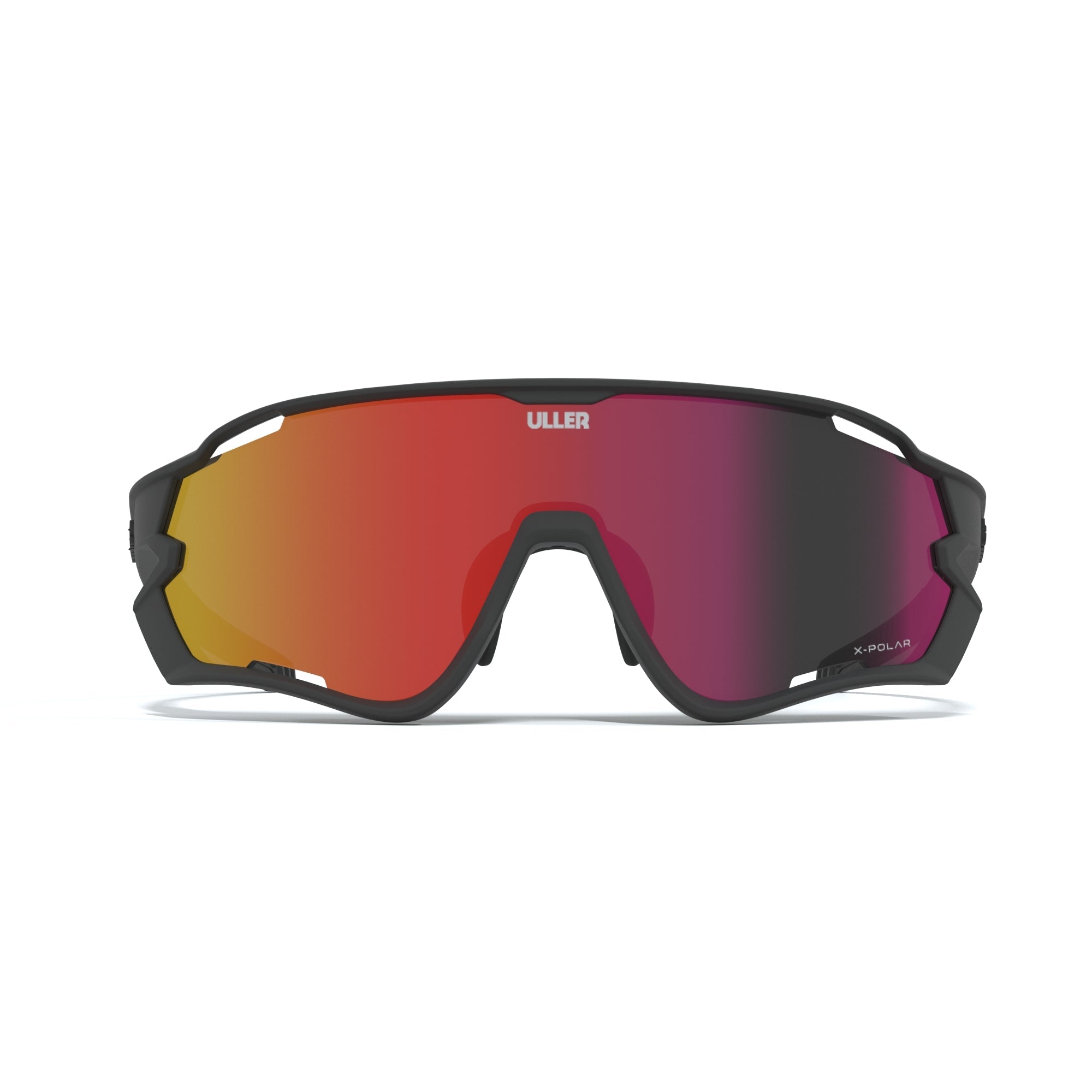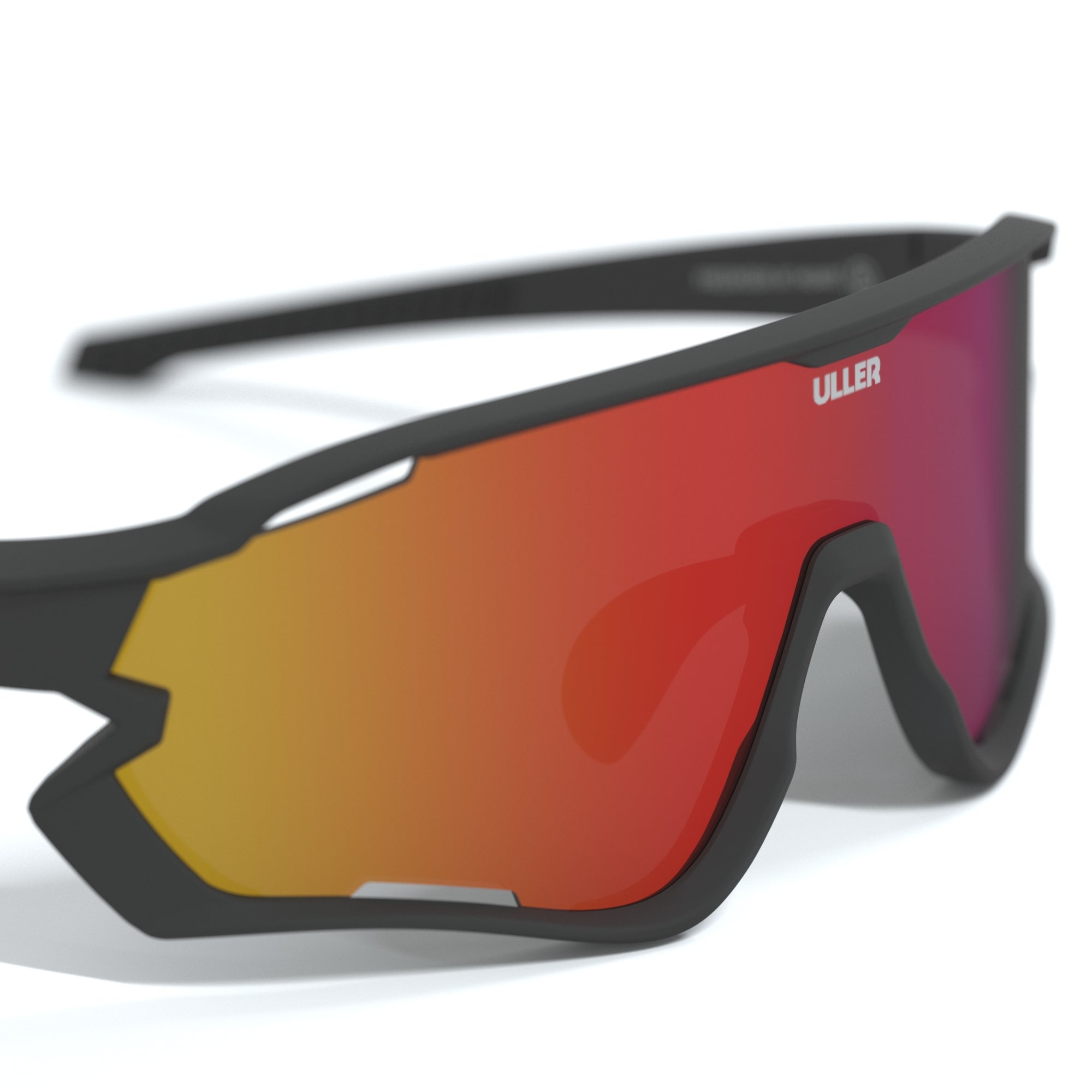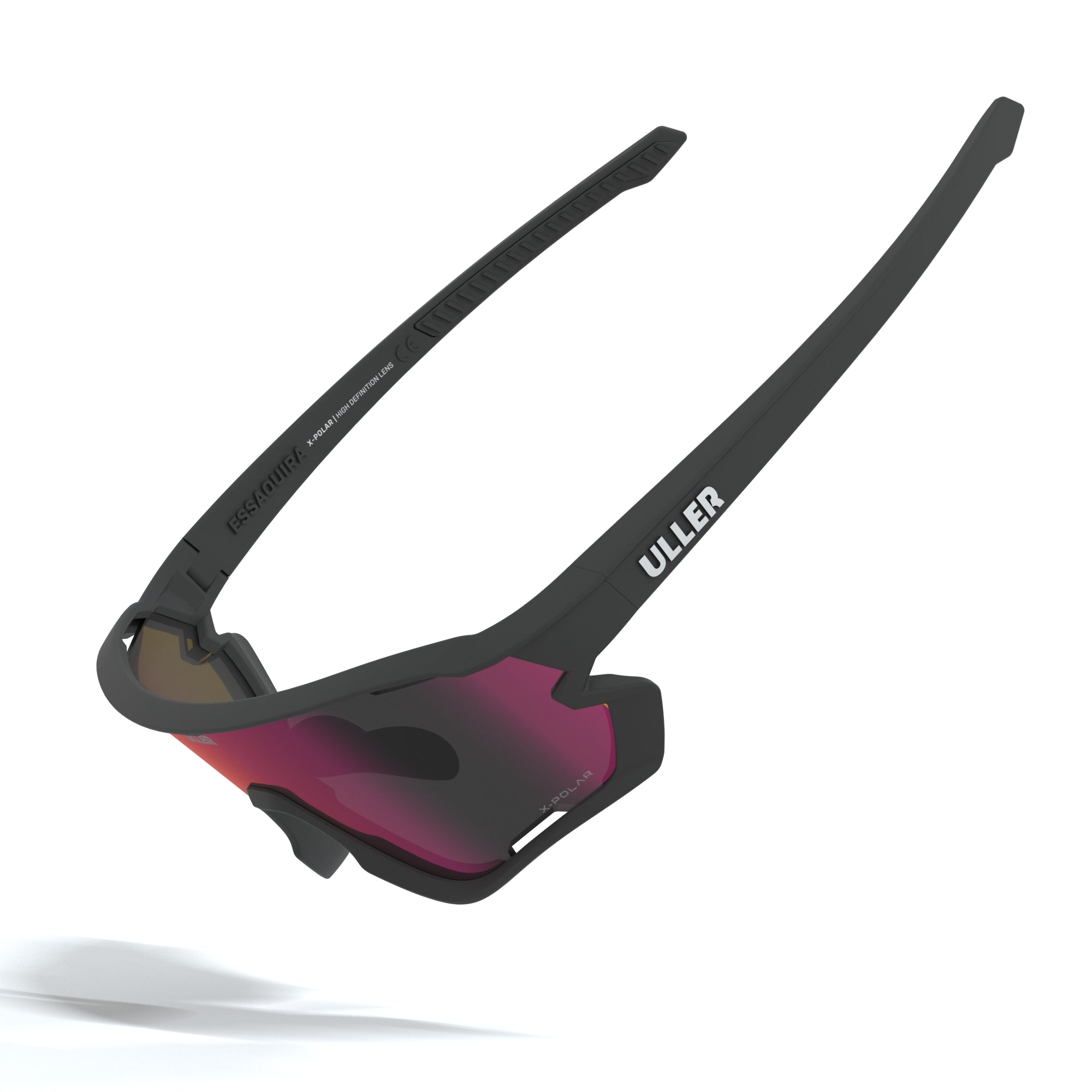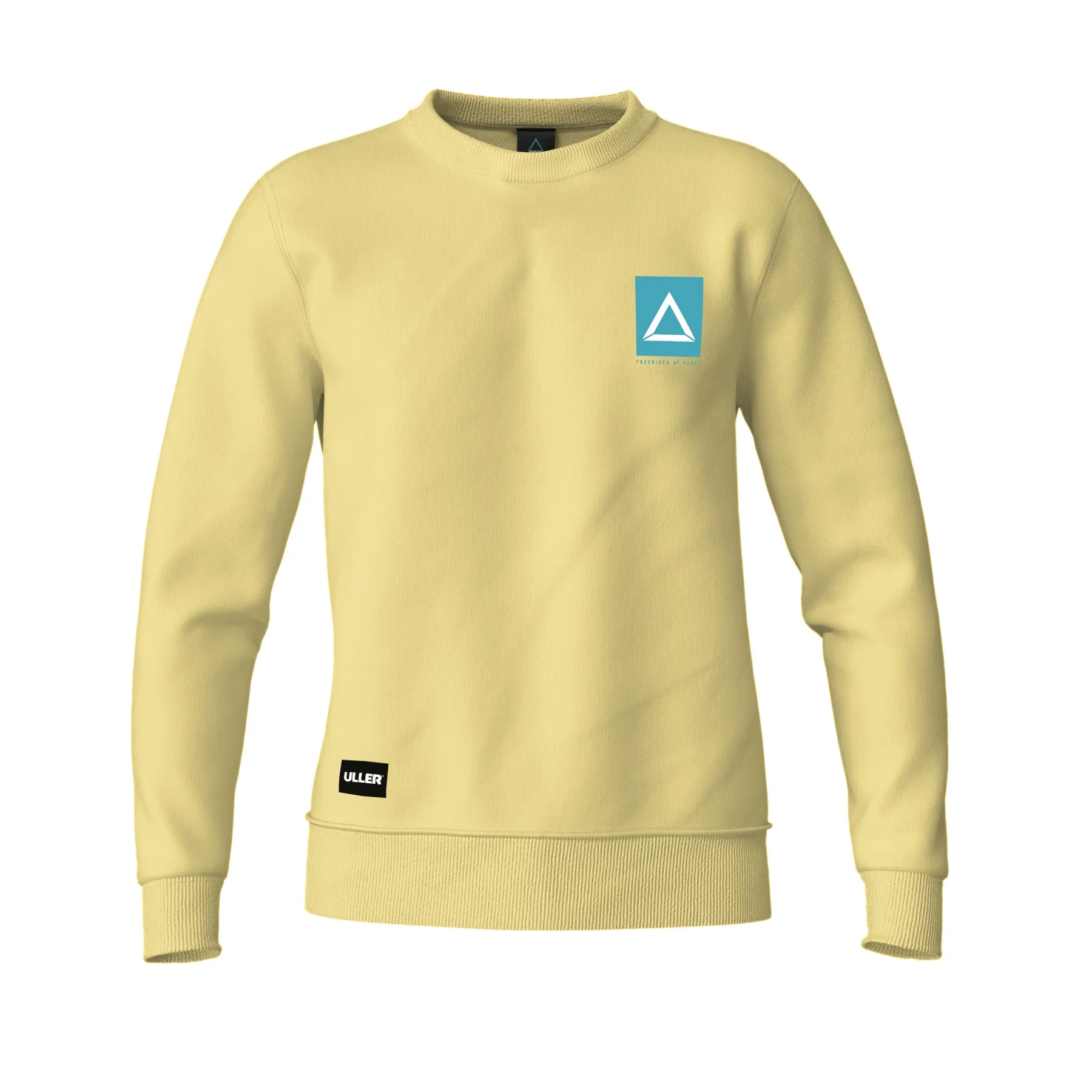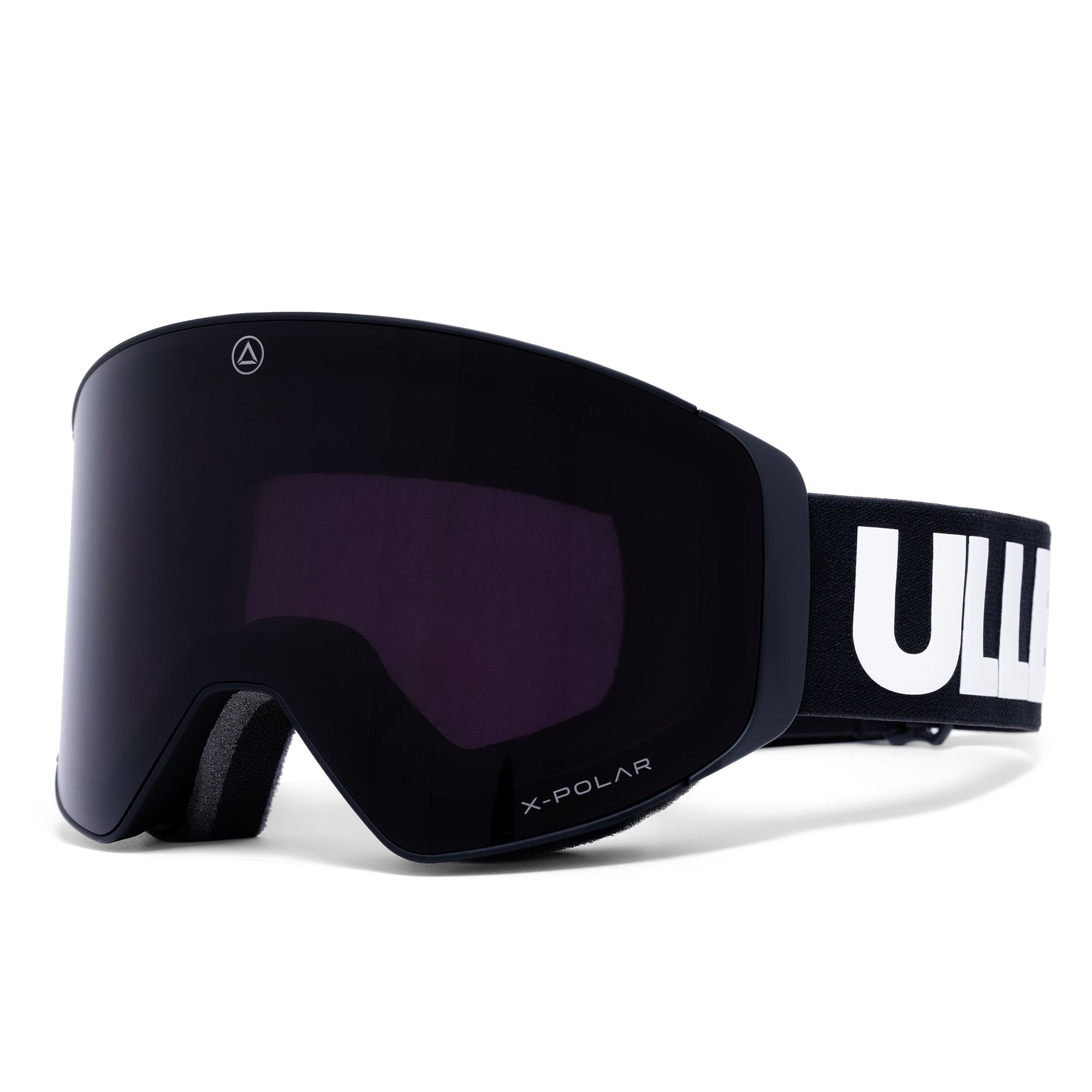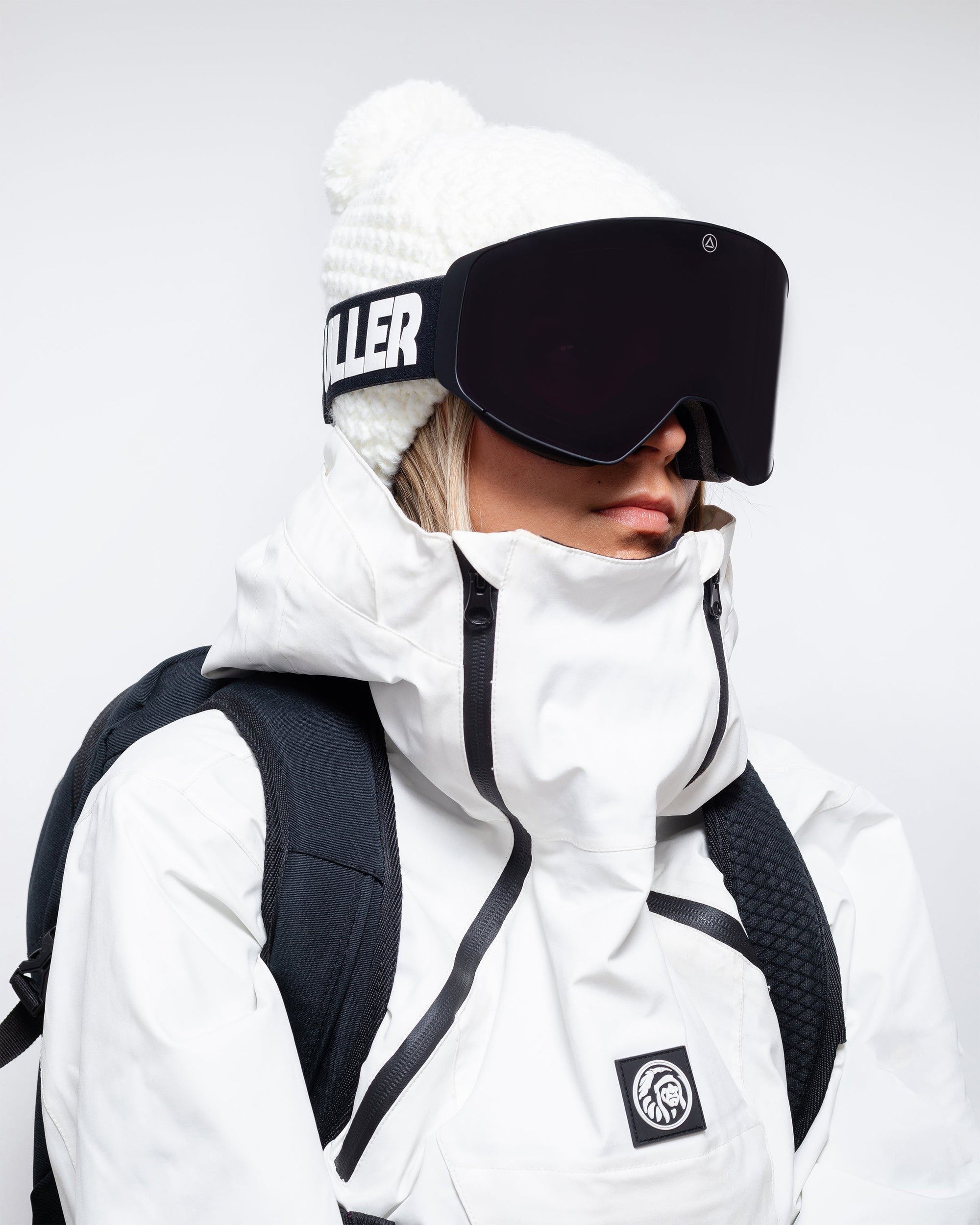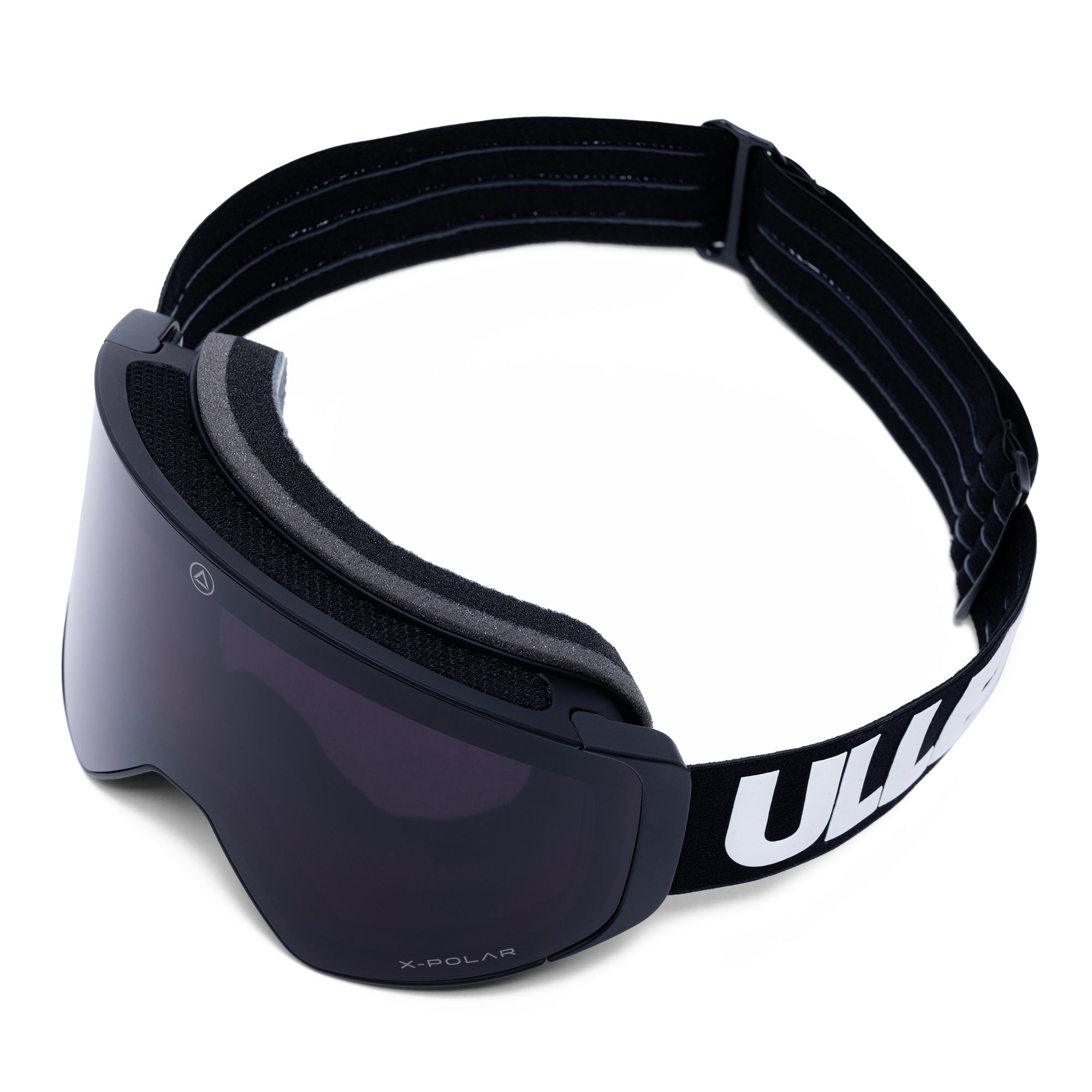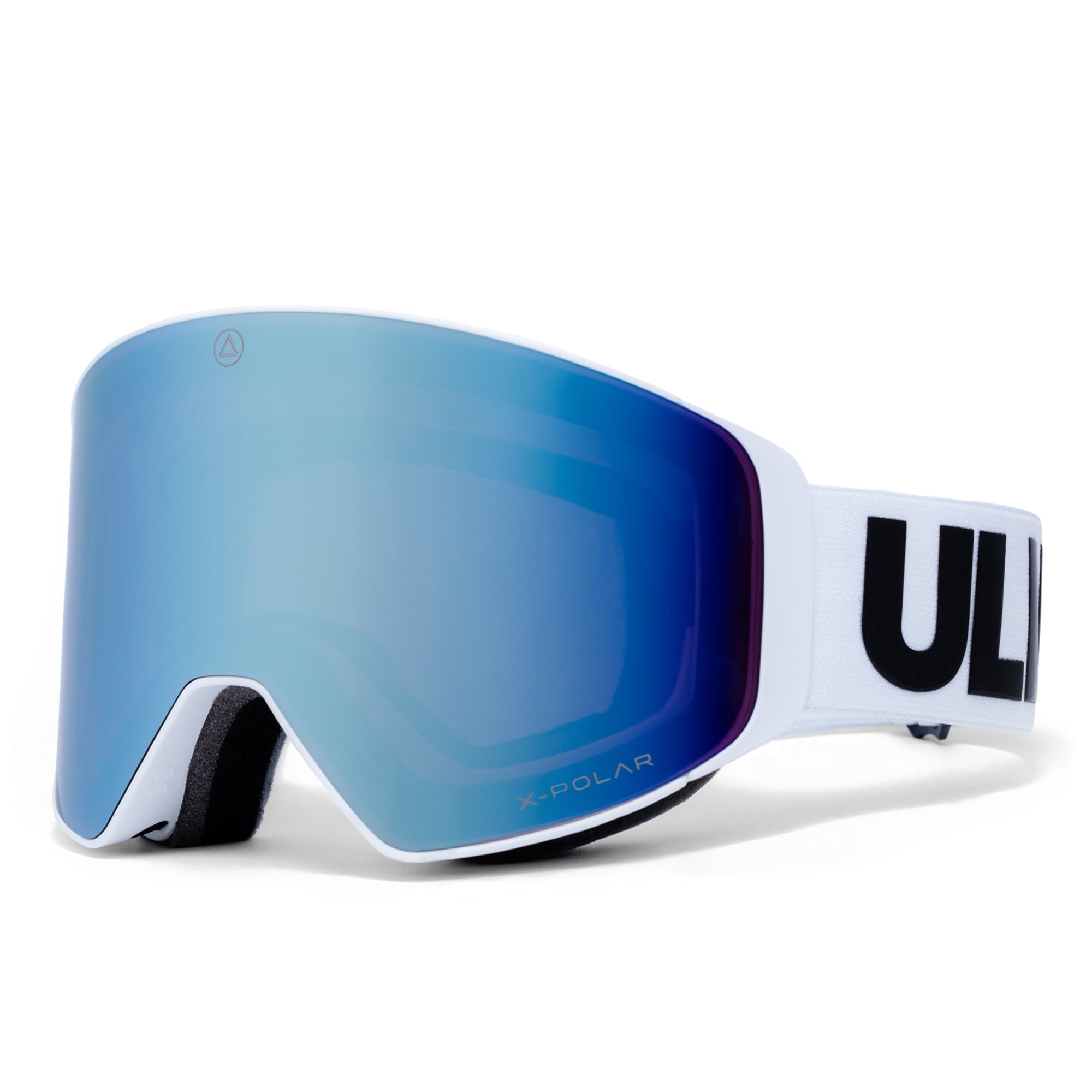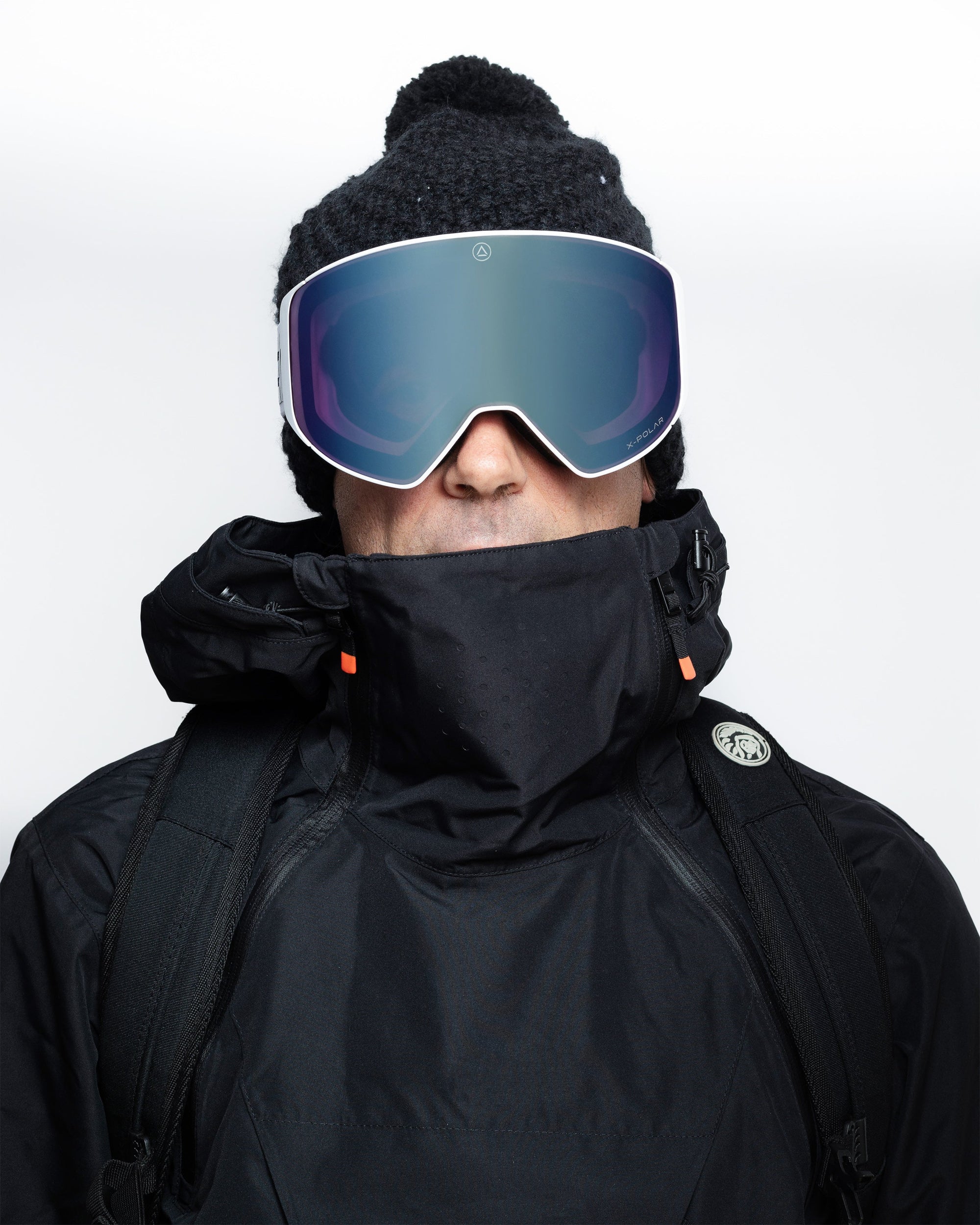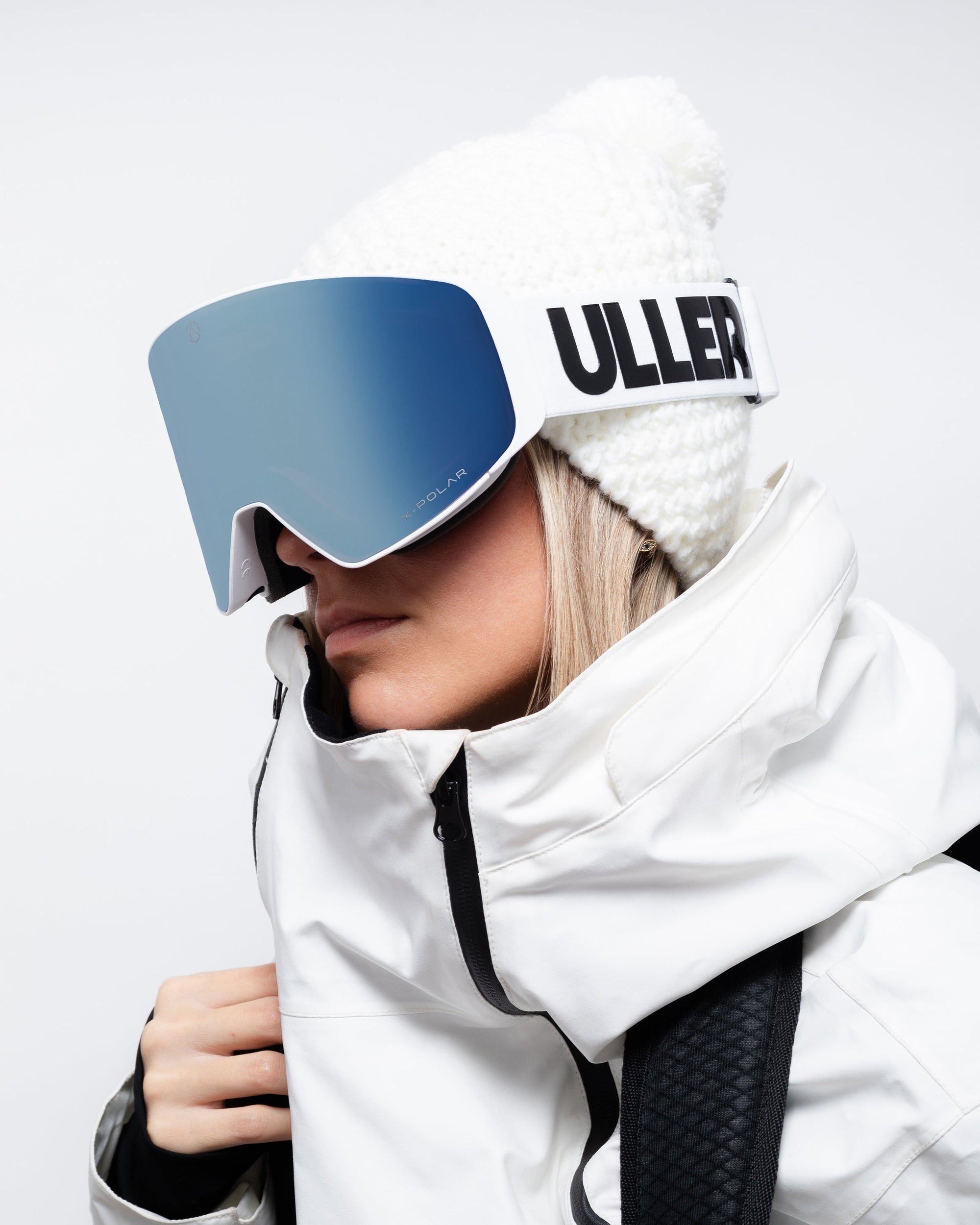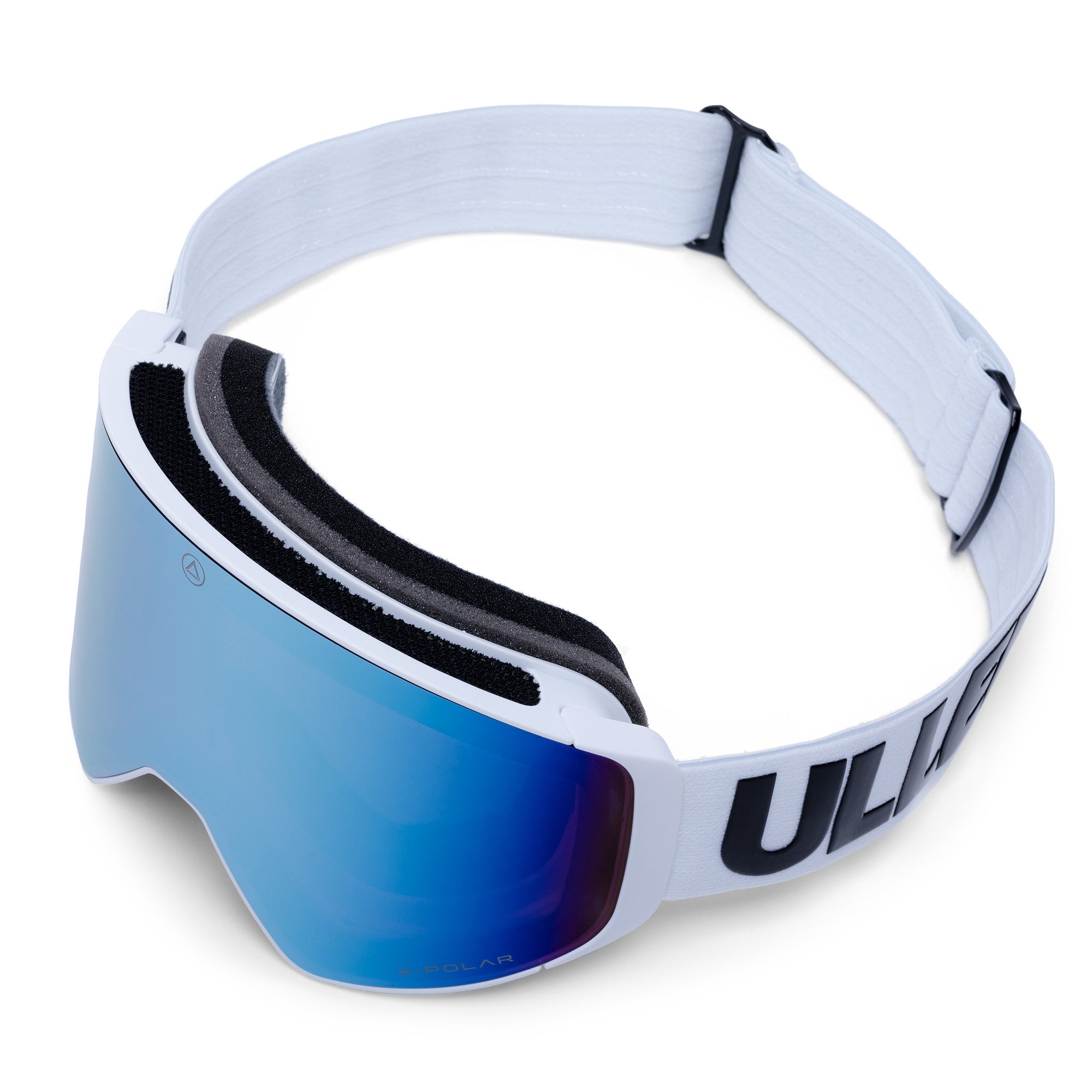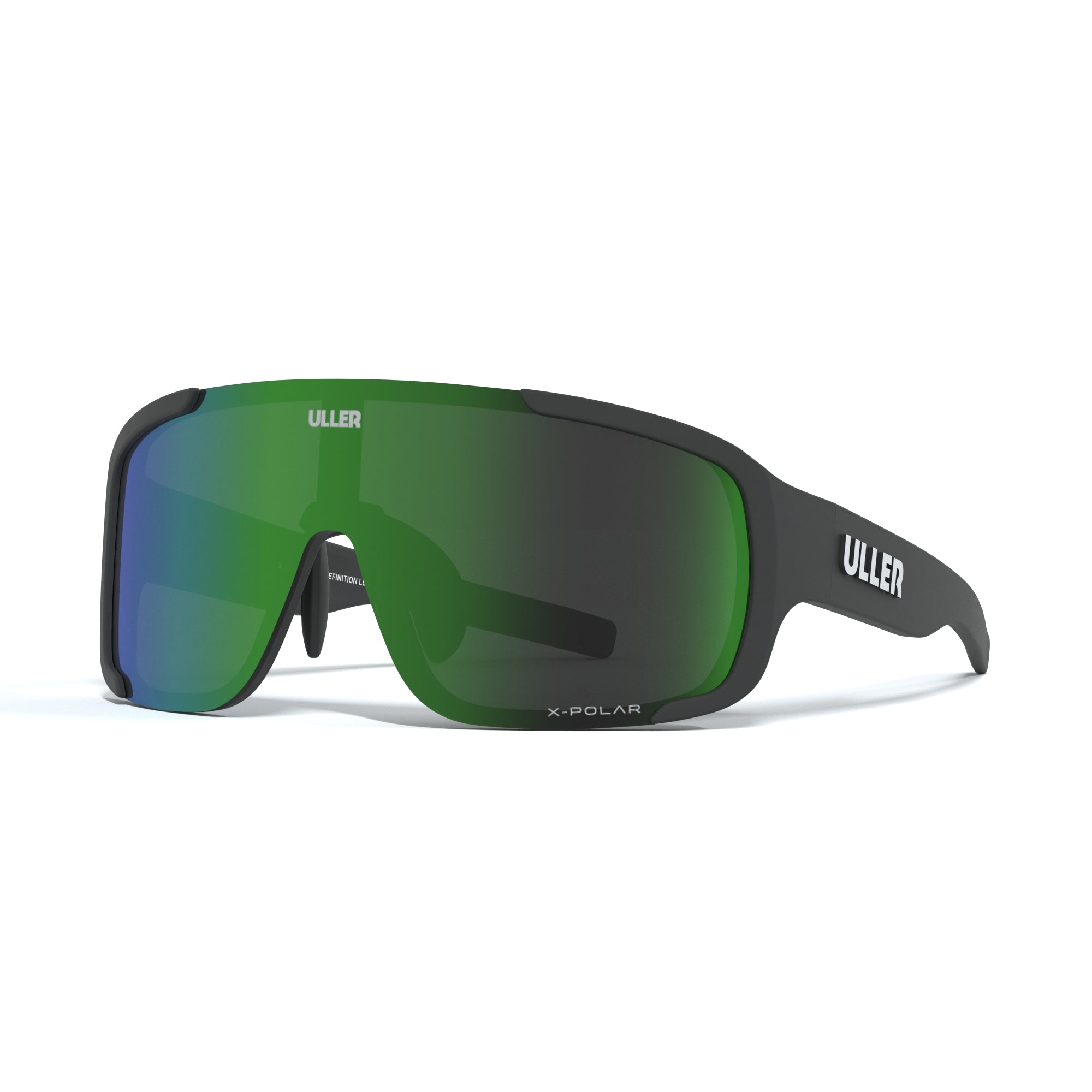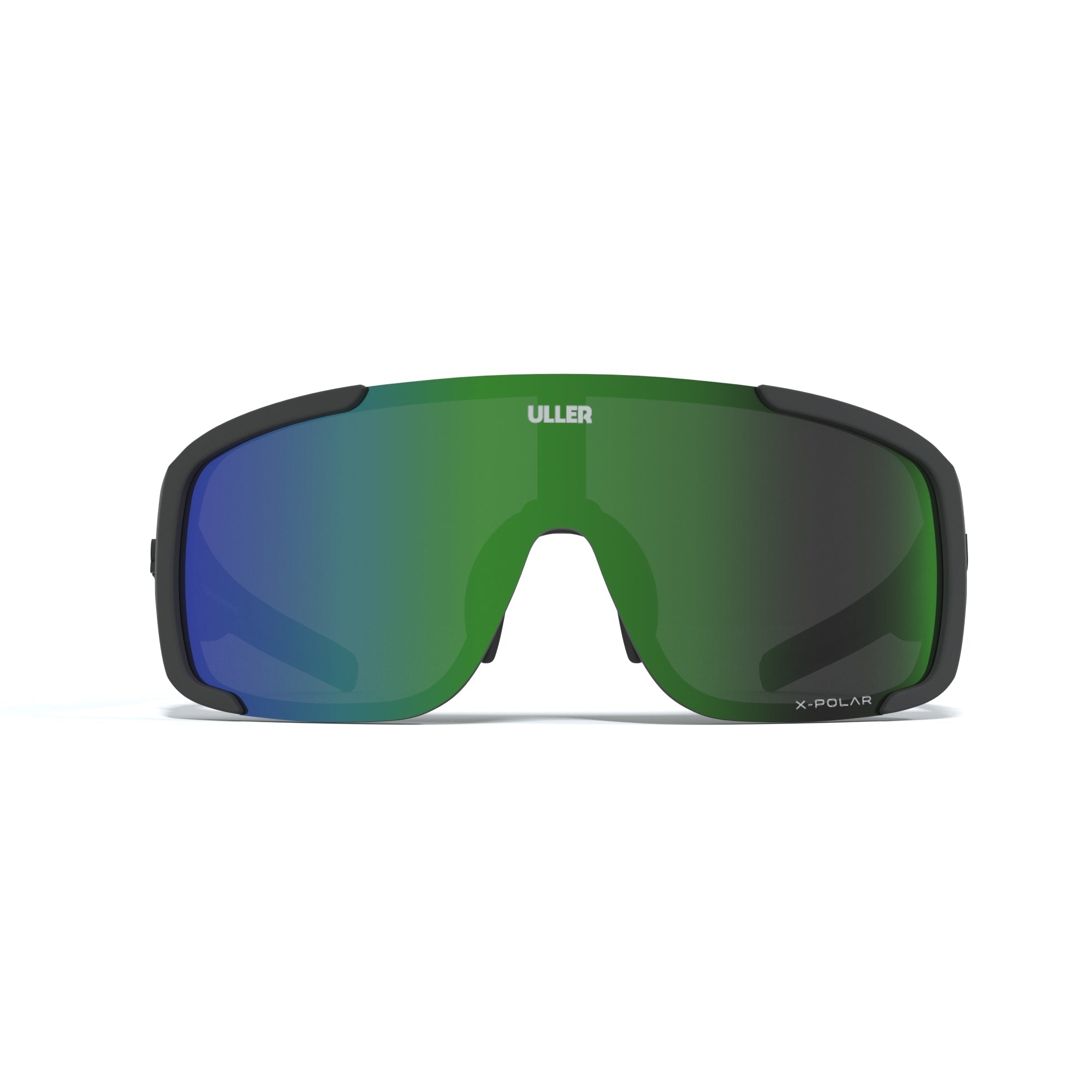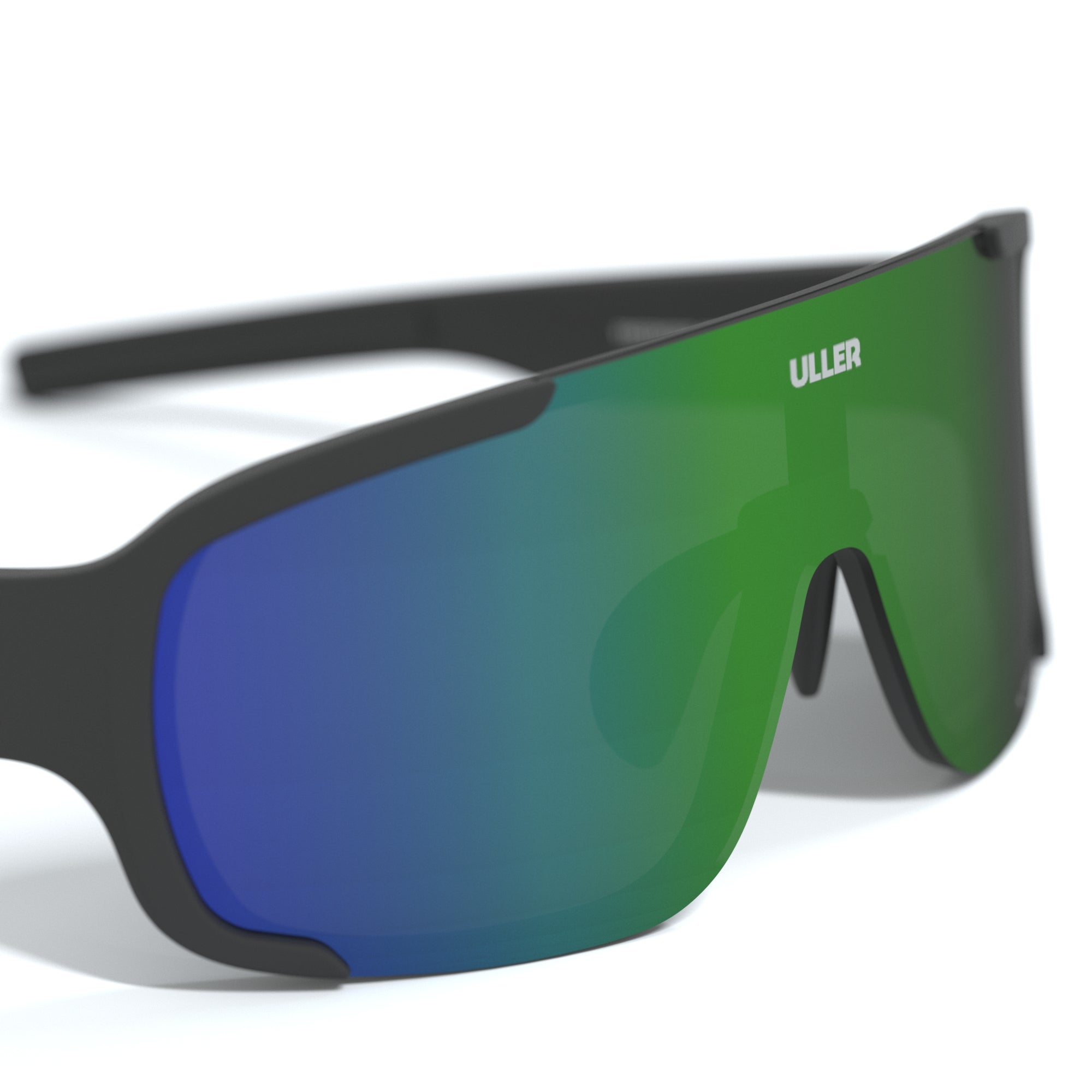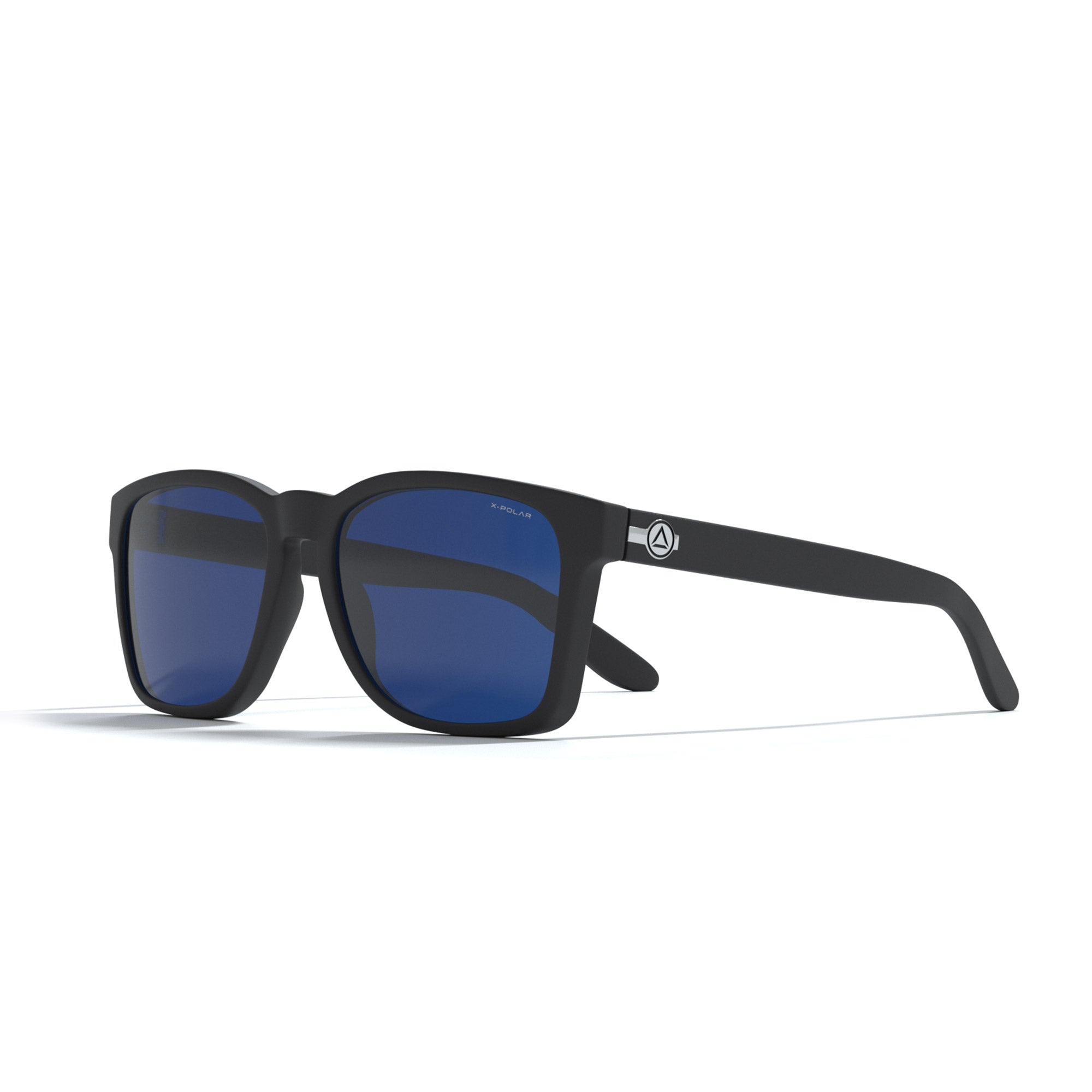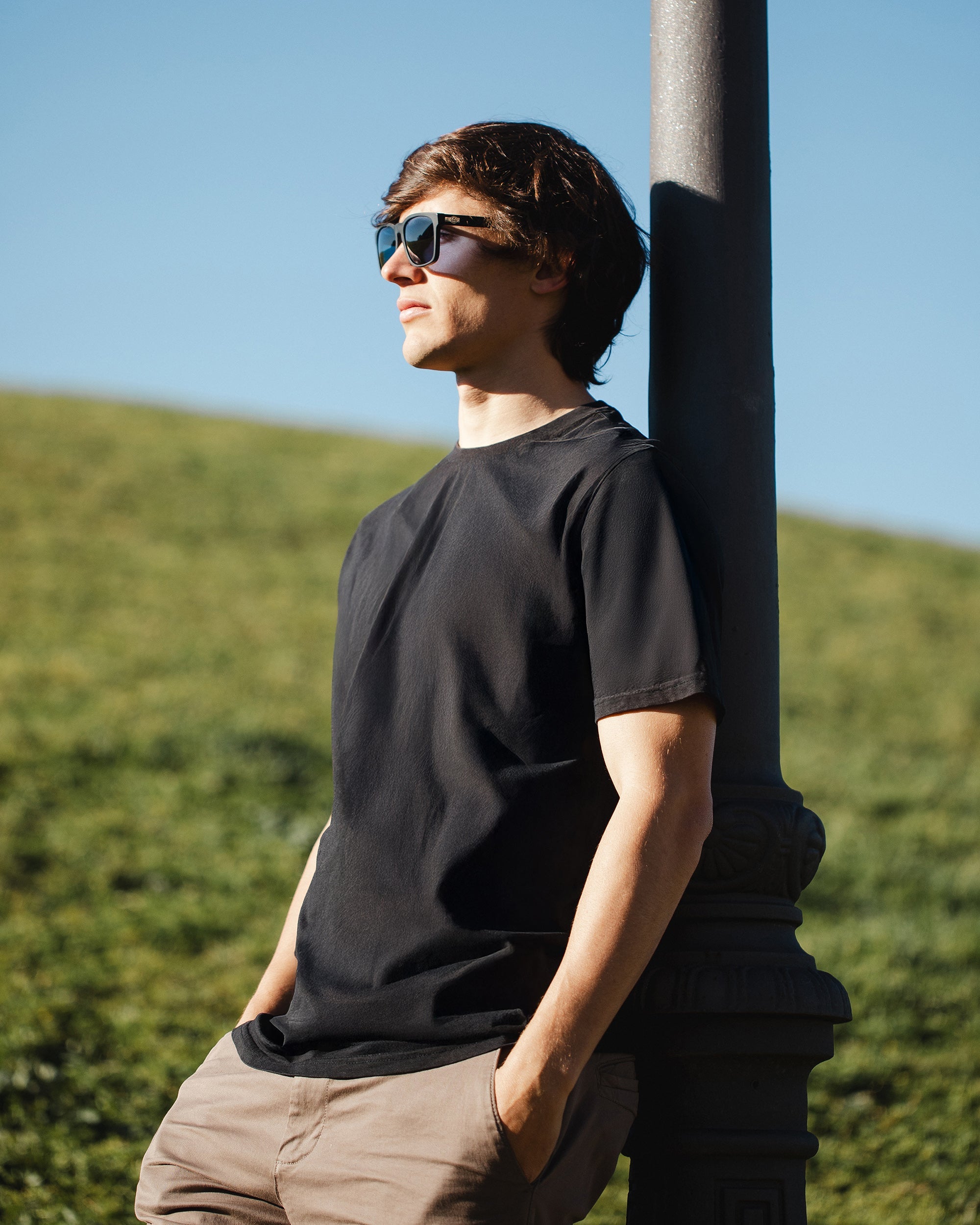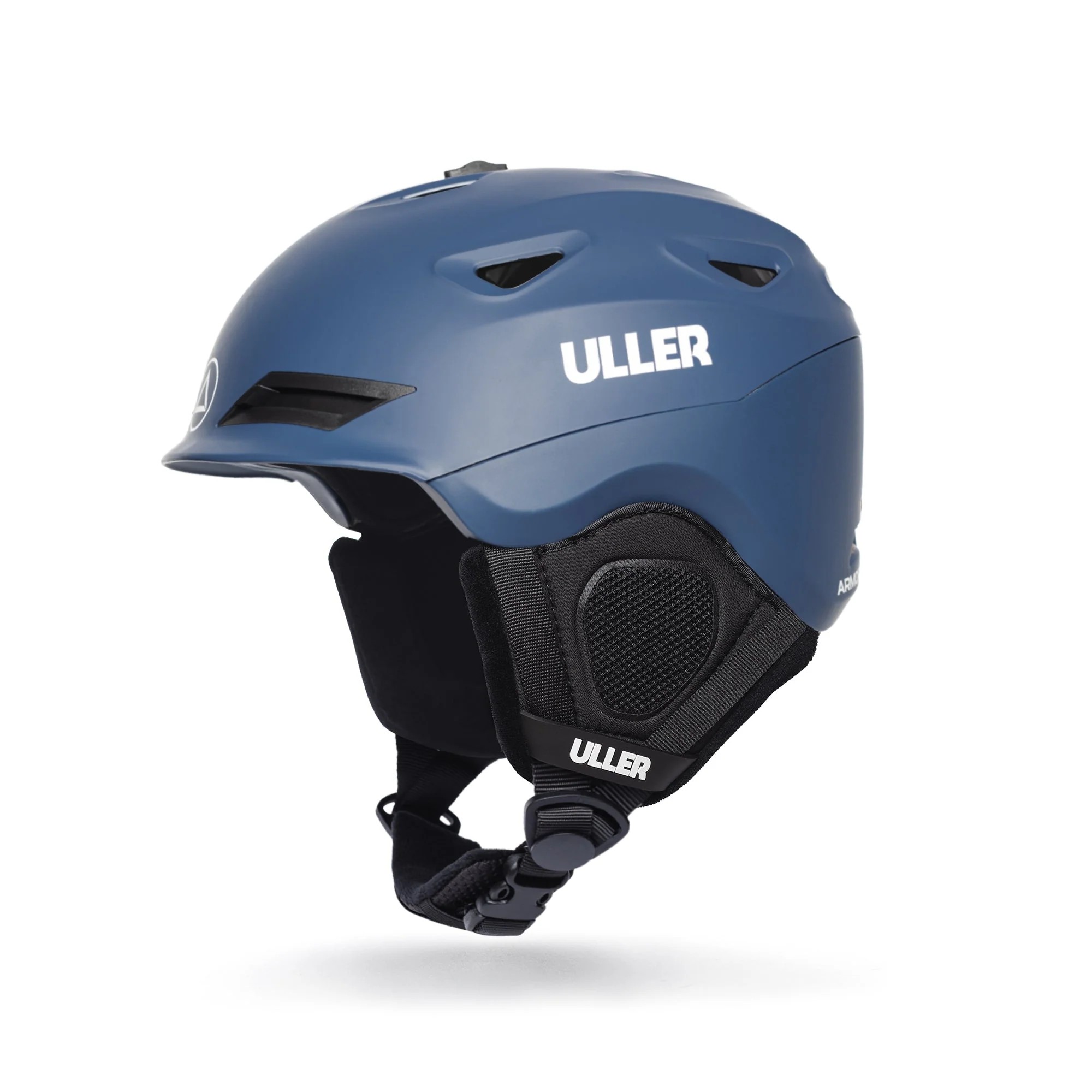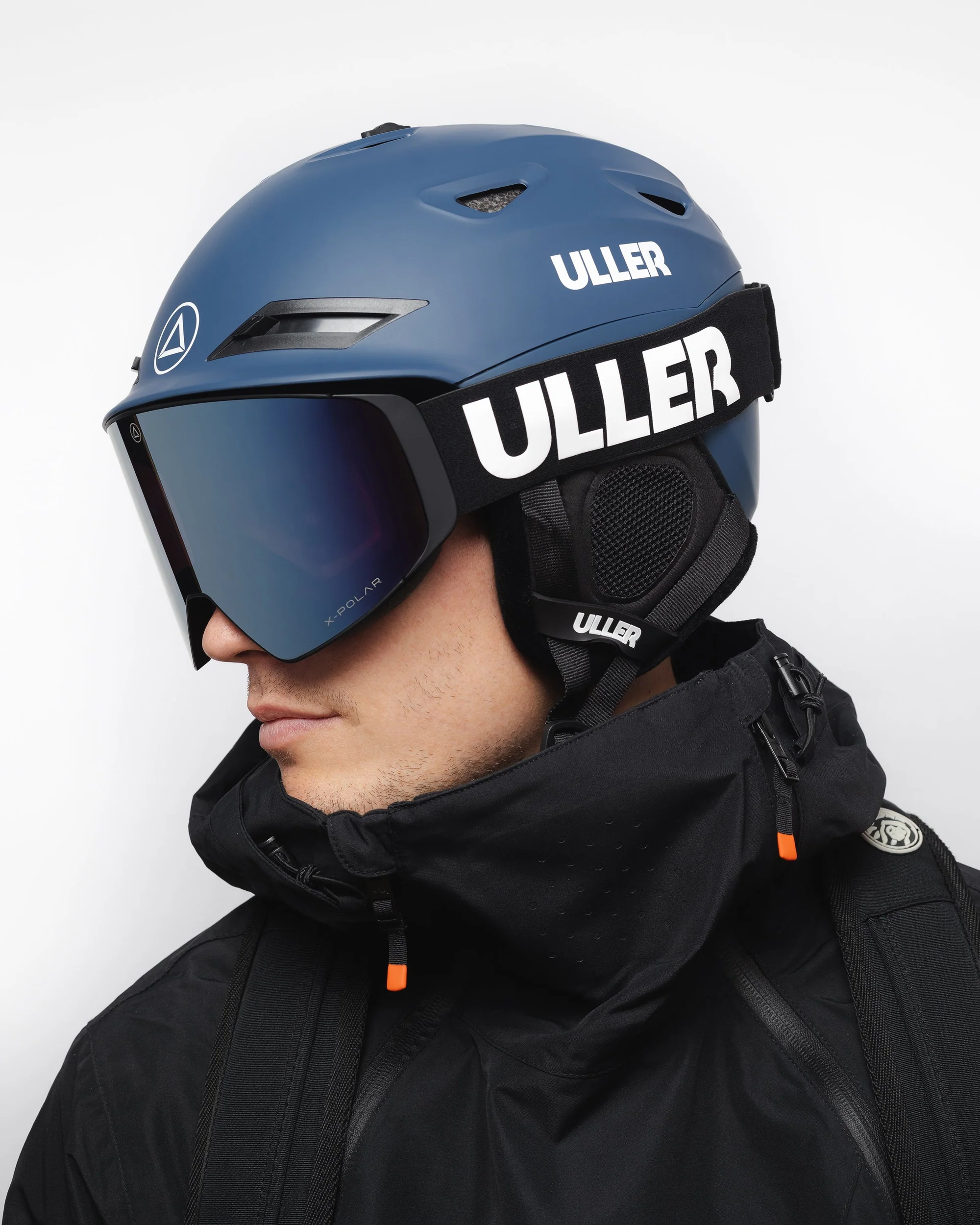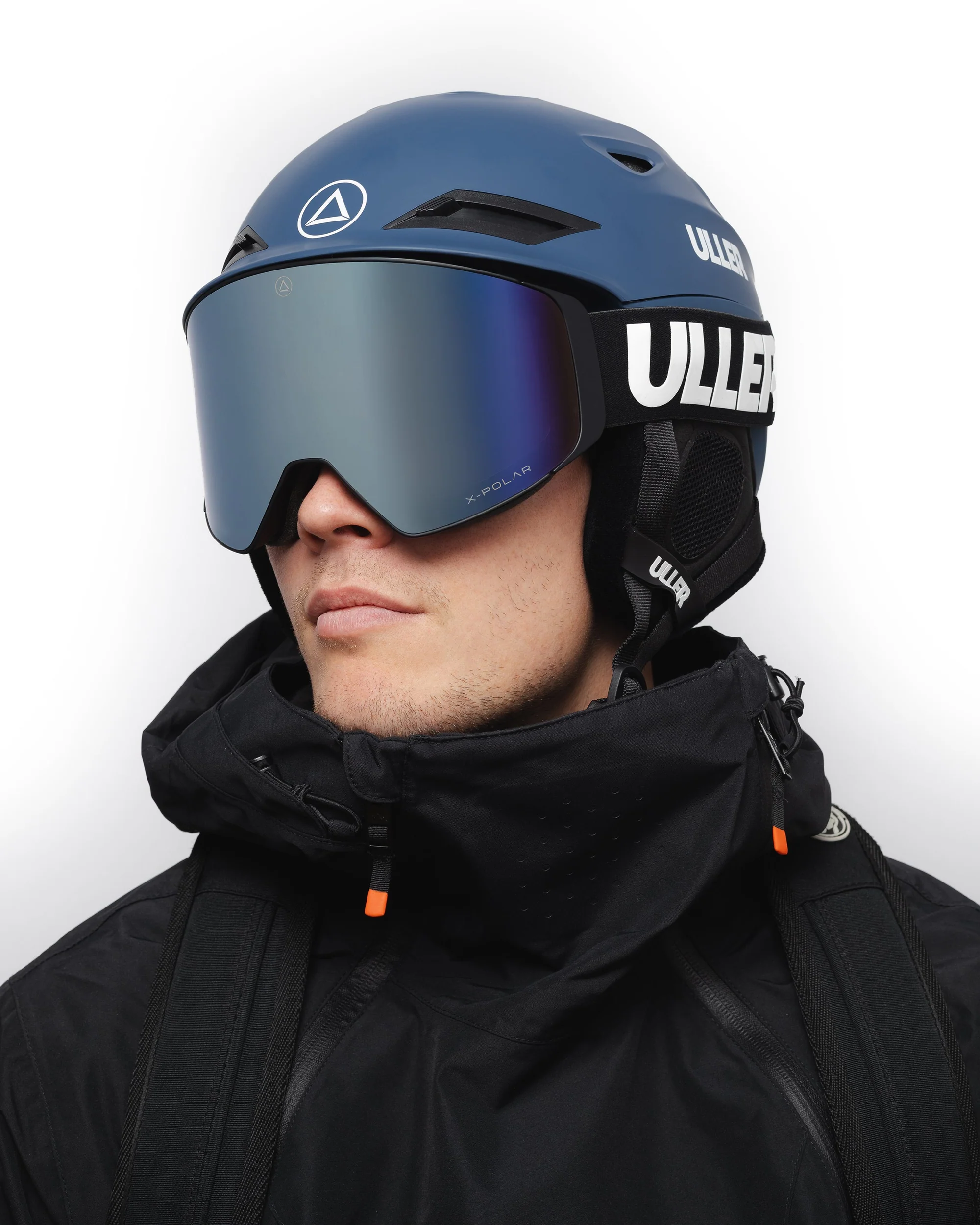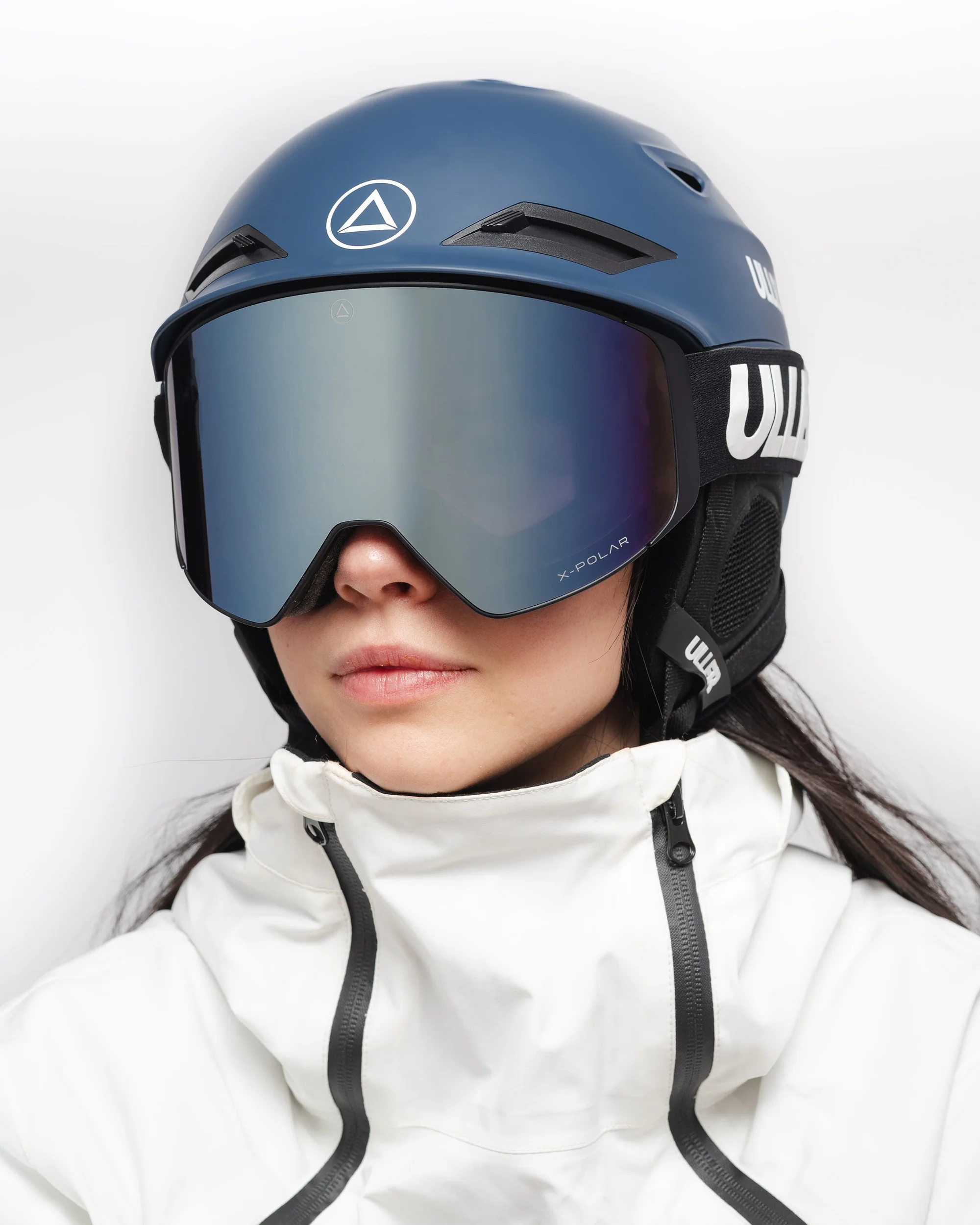No matter where we are on the planet, we are all familiar with snow. What's more, the storm Filomena already took care of us witnessing at least a good snowfall once in our lives. But we also recognize snow in movies, photographs, books… we are familiar with it! And even so, there are many people who could not explain how snowflakes are really formed. You know it? And like that question, so many others arise in relation to skiing and maintenance of the snow in the stations and slopes. The reality is that we would all like to ski on snow that only falls from the sky, but in this article we will see how in many cases we are forced to resort to artificial snow. What are snow cannons and how do they work? What is the difference between natural snow and artificial snow? Are there any detrimental effects resulting from the production of artificial snow? These and other issues are what we will discuss in today's article.

HOW ARE SNOWFLAKES FORMED?
Surprisingly, this magical meteorological effect that snow is is being investigated by a large number of people around the world. In fact, it is the object of study and is known as nivology. And no, it's not witchcraft or fantasy.
The formation of a snowflake has its starting point in the highest area of the clouds. It's very… very cold there! In that region of the atmosphere the temperature is below 0ºC and, nevertheless, the water droplets are in subfusion state. What does that mean? Basically, that water remains in a liquid state instead of turning into ice, which is what normally happens to pure water when it reaches 0ºC and is subjected to 1atm of pressure.
Let's put the technicalities aside… let's get on with the process! At this point we would have, as we say, water in a liquid state. Well, these drops come into contact with microscopic particles (which can be dust, pollen, or other tiny solid substances), and they freeze, forming an ice crystal. What shape is that crystal? Hexagonal. This is important to understand the geometry of a snowflake, which is always represented by small lines that appear to start from the same point. Or do you not remember when you had to paint them at school? Because the truth is that the final shape of a snowflake will adapt to this hexagonal prism, making no snowflake the same as another. After all, depending on the humidity and temperature conditions that occur inside the cloud, the growth and formation of the flakes will vary.

From here, the flake begins to grow and develop its ramifications as it comes into contact with more microparticles, and also due to the transition to the solid state of the water vapor contained in the atmosphere, where the own flake. We, who love to ski and who have seen a lot of snow in different places, have asked ourselves another question: how is it possible that there are aesthetically more beautiful flakes than others? Because, after all, it's true! There are some flakes whose ramifications are almost sculpted by a human hand... This happens because the water vapor in the atmosphere is converted directly into ice crystal, leaving no time for more particles to join to blur its "design". In other words, that hexagonal prism that we mentioned will be much more visible and, therefore, more aesthetic.
And it is then when several of these flakes come together, reaching a sufficient density to weigh and descend, and precipitation begins, that is, it begins to snow. So… yes, there is something magical about it. But it's actually pure logic.
And where do we put the well-known “sleet” in all this? They are not really considered snowflakes as such because their process originates from raindrops, when they freeze completely or partially when crossing a cold region of the atmosphere. It's simply water made into snow, so meteorologists put the two words together and hence the term.
NATURAL SNOW VS ARTIFICIAL SNOW
Human beings have the tendency to artificially recreate what nature gives us, in order to obtain its benefits in the same way, but avoiding ending the resources that the planet offers us. Let's see then what would be the difference between natural snow and artificial snow.
Currently, we are used to ski slopes open every season without exception. We thought: "It's winter, it will snow and the slopes will be covered with snow, obviously." However, until relatively recently, ski resorts were at the expense of the weather, so whether or not opened depended on whether it snowed enough to have quality terrain for skiing, and what It seemed so obvious, then it wasn't so obvious.

There are many detractors of the word “artificial” snow due to the negative connotation that this gives to the concept. But, after all, it is nothing more than an erroneous perception of the term, since its meaning comes to say "that has been made by man". The production of artificial snow was actually discovered by chance, when in the 1940s a group of Canadian scientists were studying the effect of ice on aircraft jet engines. To recreate the weather conditions in which these planes operate, they tried this experiment at very low temperatures and using a wind tunnel, with the aim of testing whether ice formed on the engine when you sprayed it with water. The result? That on the other side of the turbine snow was forming . Imagine the face that scientists would have! Seeing this, they decided to stop from time to time to remove all that snow that was being produced and thus be able to clear the room. It is believed that these were the bases for the American company Tey Manufacturing Corporation to build the first snow cannons as such, which we will talk about later in this article.
WHY DO YOU NEED TO CREATE ARTIFICIAL SNOW?
This is a great question related to what we said in the previous section. We are too used to snow. With that "too much" we refer to our tendency to think that a layer of snow is enough to slide down a ski slope, and it is not entirely true. The mission of the ski resorts, since the artificial snow production system was discovered, is the preparation of the slopes in question before the start of the season. How are the ski slopes prepared? Very easy (although economically, not so much): covering the mountain with artificial snow before the first snowfalls. This achieves two very important things. Do you know what they are?
The first is that a layer of snow is formed that will act as a base for the consequent natural snowfall. The resulting quality, therefore, will be optimal for the glide of skiers and snowboarders. On the other hand, with this first blanket of snow, the stations manage to detach themselves slightly from the weather of the area. They are no longer so dependent on starting the season with a good snowfall! They will be able to open their doors with light snowfall.

THE SNOW GUNS
How does a snow cannon really work? How much they cost? Are they put in all ski resorts? Do they work under any weather condition?
As we mentioned in the previous section, the fortuitous discovery of snow production led to the development of the so-called cannons, but it was not until the early 50s that they were first installed. time in a ski resort. It was in the United States where these pioneering mechanisms began to mix pressurized water and air, then throwing it into the air to form flakes. However, the result was similar to iceballs and therefore the snow quality on the resulting slopes was not as good as expected.
Two decades later, the American company SMI would patent a snow cannon model with the corresponding modifications, modifications that made the design completely new and efficient. However, these cannons depended on the ambient temperature for the formation of the flakes, and this leads us to solve the following question that will surely arise: can you put snow cannons anywhere? type of weather condition? The answer is no. Let's see why.

This model of cannon, which is currently known as low pressure cannon is the same one that is still used today in the stations (with slightly some variation) and you surely know how to recognize it in a single glance. As we said, they depend on the outside temperature for the formation of the flakes, since they work by launching small water particles that come into contact with the ice nuclei generated in the so-called nucleators . That is to say, that the appropriate temperature would be able to consolidate this union between the water and the ice core. But be careful, we are not talking about room temperature! We talk about the humid temperature. What is humid temperature? It is the lowest temperature that the air can reach only by evaporation and, therefore, depends on the ambient temperature and the relative humidity of the air. The humid temperature that a cannon will need for this snow production must be less than -2.5ºC, so do you now understand why there are times when these cannons cannot be used? It's not that the season doesn't want to, but rather, even if the ambient temperature is below 0ºC, if the humid temperature doesn't go around -2.5ºC directly, it's not possible.
The same thing, these low pressure cannons are not the ones you have physically seen in the stations. Perhaps, instead, you have come across those known as snow lances. Do they sound more like you? They are arranged on the sides of the slopes and have a great height because they do not have a fan, as the low-pressure ones did. But they really work the same way!

ENVIRONMENTAL IMPACT OF ARTIFICIAL SNOW
As skiers, regardless of our level, we need snow to practice this sport. However, since the appearance of artificial snow production systems, many environmentalists have taken it upon themselves to open the debate that perhaps has also come to mind when reading this article: what is environmental impact of the production of artificial snow?
As we have seen, snow production is centered in the canyons. These canyons work from two sources: electrical energy, so they will have their corresponding carbon footprint; and water. And you will think: “well, at least the mountainous areas in Spain are not areas where water is scarce! And it is true, but the creation of reservoirs can alter the ecosystem of the region, and that is where ecologists focus. Although it should be noted that the increase in temperatures as the ski season ends, causes that water to return to its natural cycle.
Little by little, all industries are turning to the pursuit of solutions to climate change caused by our abusive use of natural resources, and the snow sector was not going to be less. There are more and more challenges that the planet poses to us and, as human beings, we are in charge of facing them. The important thing, in the first place, is to raise awareness among the population so that, to a greater or lesser extent, we can all do our bit or… rather: our little snowflake.

QUESTIONS AND ANSWERS
- HOW IS SNOW FORMED?
Snow is a weather effect that falls in the form of precipitation of snowflakes. Snowflakes originate from the highest part of the clouds, where temperatures are very low and hexagonal prisms are formed. From there, they come into contact with microparticles, such as dust or other elements, and the flake grows and increases in size until it is heavy enough to begin to descend. The conditions in which this process occurs are precisely those that are tried to be replicated in the artificial snow production systems to achieve the same result and make the seasons not depend on whether it snows naturally or not.
- WHAT IS THE DIFFERENCE BETWEEN NATURAL SNOW AND ARTIFICIAL SNOW?
The difference between natural snow and artificial snow is their synthesis process. Natural snow is generated by nature itself, while artificial snow tries to replicate the same conditions with cannons with nucleators and a water particle disperser. These are arranged on the ski slopes of the resorts to guarantee the quality of the surface and, in this way, help nature to create the optimal scenario for the skier.
- HOW IS ARTIFICIAL SNOW MADE?
Artificial snow is created using snow cannons with systems that work with water and pressure. Its use is generally focused on the ski slopes, especially during the ground preparation period, since it will act as a base for the rest of the natural snowfall that occurs during the season. On the other hand, it also helps to maintain the track, and for this reason they are surely familiar to you.
- IS THERE ARTIFICIAL SNOW ON ALL THE SKI SLOPES?
Not necessarily, although unfortunately, climate change has forced resort managers and organizers to think of solutions for the low snowfall, or the mediocre quality that results from relying solely on them. The use of artificial snow as something "extra" on a slope will guarantee its opening in the corresponding season, and in Spain it already covers more than half of the slopes of the main ski resorts.







